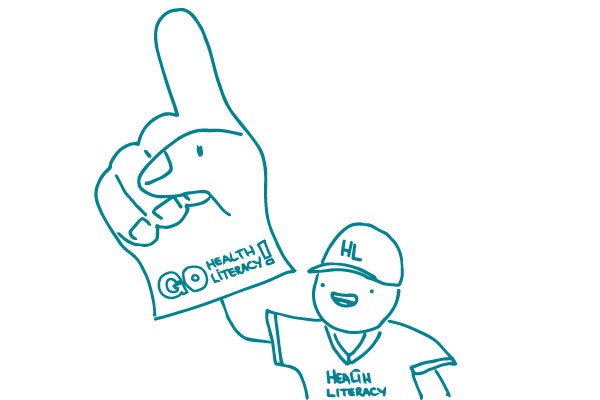
We ♥ health literacy, of course! But where did that term come from, anyway?
The term “health literacy” dates back to a 1974 article by Scott Simonds, which advocated for health to be part of standard education requirements, like writing and math. Like so many other inventions from the 1970s — video games, Post-It notes, and Walkmen — health literacy has come a long way since then.
A newer definition in use today traces back to a National Library of Medicine Bibliography from the year 2000. It says that health literacy is:
- The degree to which individuals have the capacity to obtain, process, and understand basic health information and services needed to make appropriate health decisions.
This mouthful of a definition was adopted in 2000 by Healthy People 2010, and by the Institute of Medicine in 2004. It was updated again in 2010 when health care reform was passed. The new law only added one word to the earlier definition, but it’s an important one.
- Title V of the Patient Protection and Affordable Care Act defines health literacy as “the degree to which an individual has the capacity to obtain, communicate, process, and understand health information and services in order to make appropriate health decisions.”
To make things easy, we often shorten it to:
- Health literacy is the ability to find, understand, communicate, and use health information.
Some researchers now describe health literacy as “dynamic,” meaning that people’s health literacy varies depending on their emotions and stress level as well as on which medical problem they have, how their doctor communicates, and other aspects of the health care system. We ♥ this view of health literacy because it takes into account the give and take between patients and the health care system as a whole (if you dig this, check out our post on the Calgary Charter).
The bottom line: The concept of health literacy has been around since the 70s, but it’s grown up since then — and it’s still evolving.
Browse recent posts